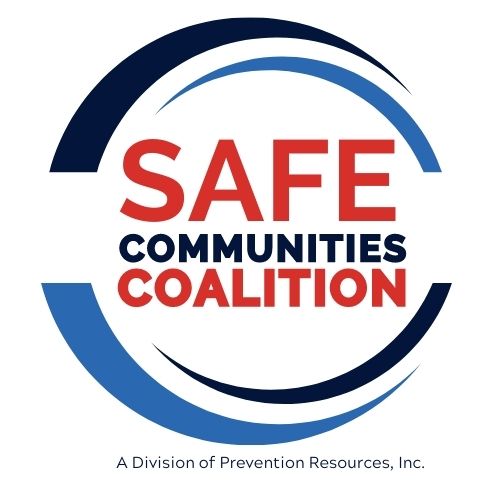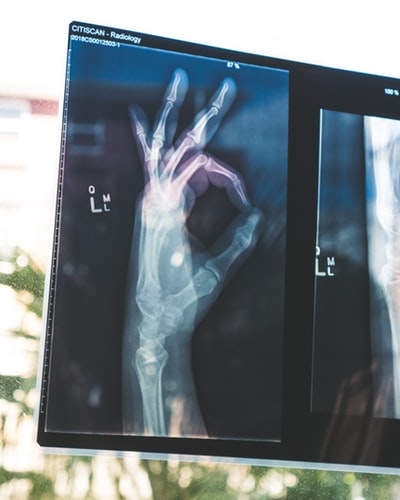The Pain Management Best Practices Inter-Agency Task Force calls for patient-centered and comprehensive approaches to pain management.
An individualized, patient-centered approach to pain management could help improve care outcomes and patient experience while still addressing the opioid crisis, according to a proposed report from the Pain Management Best Practices Inter-Agency Task Force (Task Force).
The proposal, published at the end of 2018, outlines how individual providers and the industry as a whole can address pain management for patients with acute and chronic pain, two issues that have become more pervasive in recent years.
“Chronic pain affects an estimated 50 million US adults or 20 percent of the adult population. An estimated 19.6 million US adults have experienced high-impact chronic pain, which the CDC defines as pain occurring and interfering with life or work activities most days,” Vanila M. Singh, MD, MACM, Task Force Chair and CMO for the HHS office of the Assistant Secretary said in a statement.
At the same time, the US is facing an opioid crisis, the draft report added.
“Our nation is facing an opioid crisis that has seen an unprecedented rise of overdose deaths associated with prescription opioids, heroin, and synthetic opioids in the past two decades,” the Task Force wrote.
READ MORE: Reconciling the Opioid Crisis with Delivering Quality Patient Experience
“The practice of pain management and the opioid crisis have influenced one another as they each have evolved in response to different influences and pressures,” the report authors continued. “It is imperative to strike a balance between ensuring that patients with painful conditions can work with their health care providers to develop an integrative pain treatment plan that optimizes function, quality of life (QoL), and productivity while also ending the devastating effects of opioid misuse.”
The Task Force argued that an interdisciplinary and patient-centered approach to pain management will be essential for both achieving positive patient experiences and addressing opioid overprescribing.
There are numerous alternative therapies that could mitigate a patient’s pain, the report contended. However, patients who genuinely need an opioid treatment should have access to them, as well. Emphasizing patient-centricity will help address these competing demands.
Among the Task Force’s priority areas are:
- Establishing clinical best practices and approaches to acute and chronic pain management, including medications, restorative therapies, interventional procedures, behavioral health treatments, and complementary and integrative approaches
- Addressing patient access to care, stigma, provider and patient education, provider training, risk assessment, and patient evaluation
- Consideration of special populations such as older adults, women, ethnic and racial minorities, military members, and veterans
- Consideration of special conditions such as pregnancy, chronic pain relapse, and sickle cell disease
Fundamental to those care goals is the notion that pain management is both biology and psychology. Therefore, treatments should include both physical and behavioral health approaches.
READ MORE: Using Patient Education Technology to Combat Opioid Misuse
Providers must use an individualized care plan for these various treatment options, the Task Force noted. Using risk assessments that incorporate both physical and social factors, providers can address the amount of opioids they prescribe for pain management.
Additionally, patient access to care will be essential, the Task Force added. Not all alternative pain management therapies are consistently covered by insurance. Healthcare industry leaders must ensure patients have access to psychosocial treatments as well as medical treatments for pain.
The Task Force’s draft report also reviewed the 2016 CDC Guideline for Prescribing Opioids for Chronic Pain, noting that appropriate use of the guideline is essential.
“The Task Force recognizes the utility of the 2016 CDC guideline for many aspects of pain management and its vital role in much-needed consideration of mitigating adverse outcomes of opioid exposure,” the Task Force wrote. “Interpretation of the guideline, in addition to some gaps in the guideline, have led to unintended consequences, some of which are the result of misapplication or misinterpretation of the CDC guideline.”
The CDC guideline was intended for primary care provider use as a decision-making aid. However, some state organizations have adopted the guideline to create legislation addressing the opioid crisis. Additionally, some healthcare organizations or government agencies have applied the guidelines to all clinicians, including PAs, NPs, dentists, and even pain specialists.
READ MORE: Patient Access to Care, Preventive Care Key for Opioid Crisis
Those are not the intended uses for the CDC guideline, the Task Force stated. This has resulted in overly restricted patient access to pain management and other concerns for treatment access.
The Task Force was created as a part of the Comprehensive Addiction and Recovery Act of 2016 to combat the growing issue of pain management and the opioid crisis. As more patients are impacted by acute and chronic pain, the healthcare industry faces an exponential increase in opioid dependency and overdose deaths.
“This draft report offers a wide range of treatment modalities with a framework to allow for multidisciplinary, individualized patient-centered care,” Signh said. “We encourage members of the public to review the draft report and share their comments with us.”




